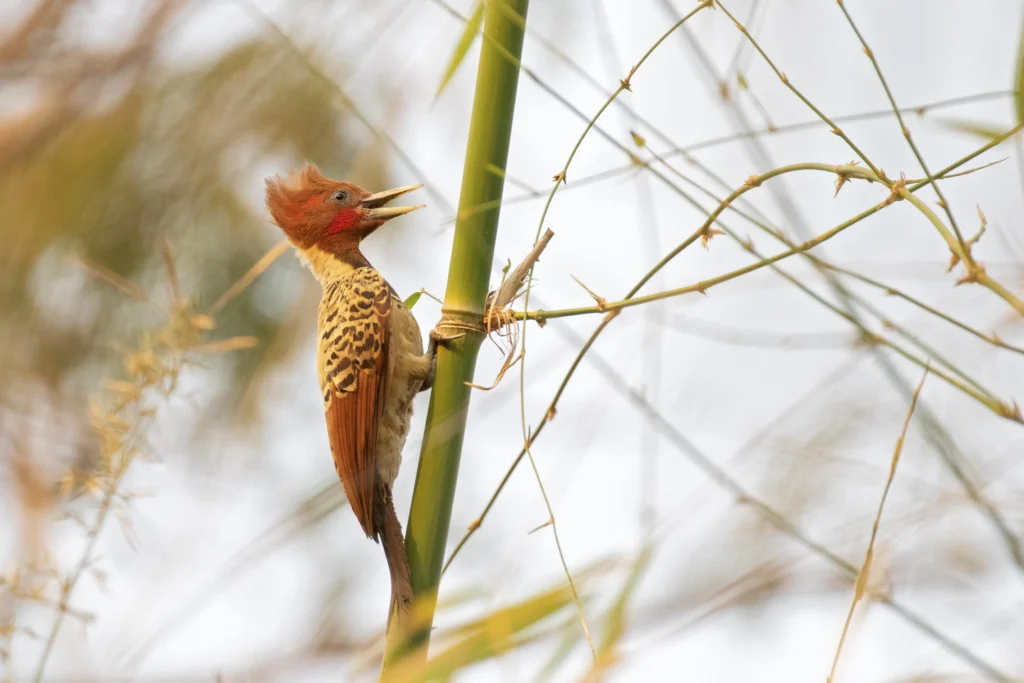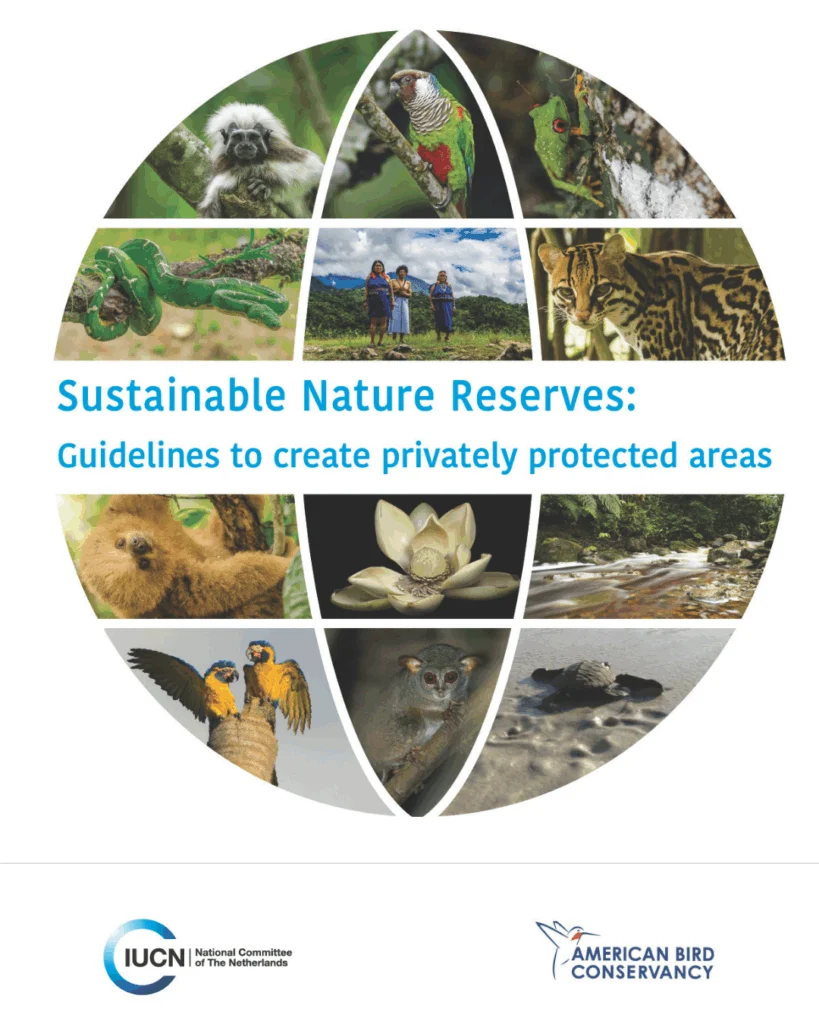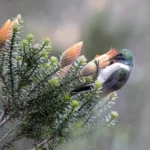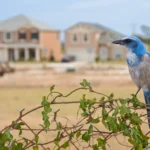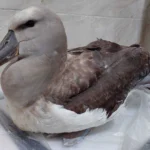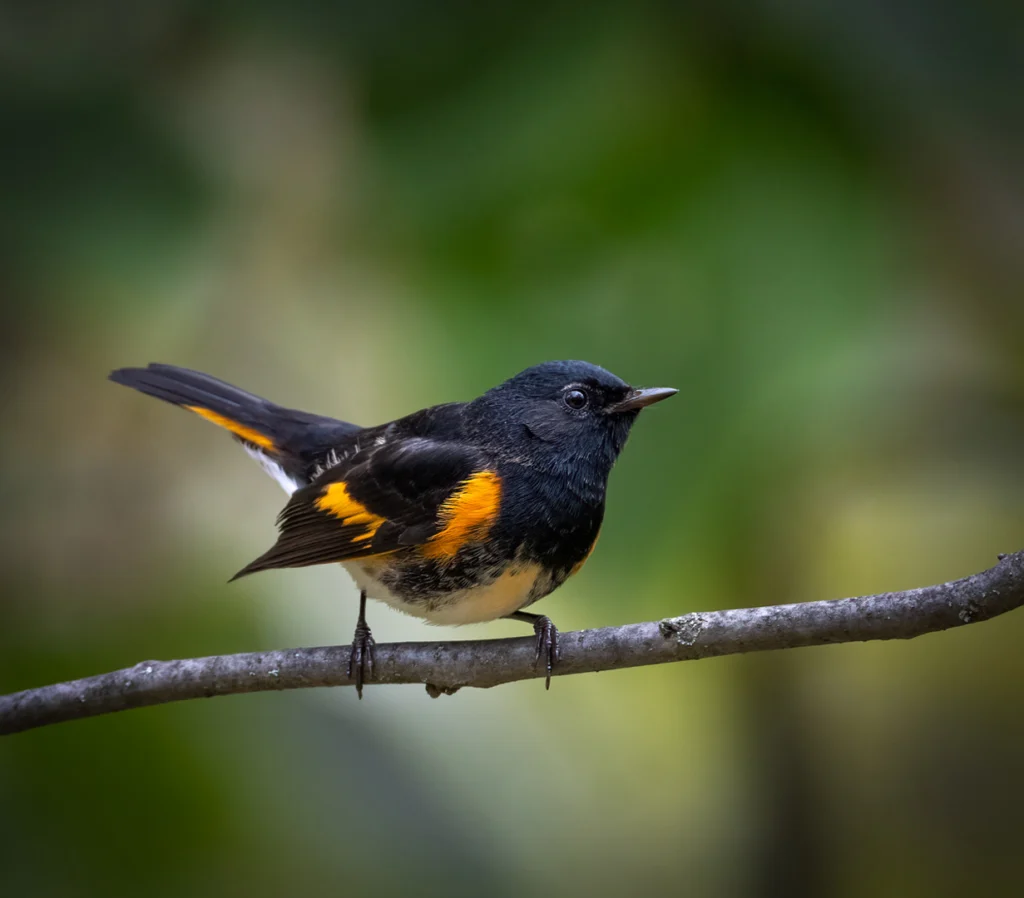Anyone who owns a home knows that upkeep is required — from routine cleaning tasks to occasional calls to an electrician, plumber, or other pro for more involved jobs. The same principle holds true for nature reserves. Once land is established as a reserve, it needs stewardship support for staffing, habitat management, infrastructure, and the like.
The alternative is neglect. After all, insufficient planning and shortages of capacity and resources available to the organization managing a protected area can cause it to fail.
ABC and our partners have been in the reserve business for more than a quarter century: Reserves are the first line of defense against bird extinctions, and they provide crucial refuges for both migratory and resident bird species, as well as scores of insects, mammals, amphibians, reptiles, and plants. Before my retirement, I was involved with many land protection actions at ABC, and it’s one of the truly energizing parts of conservation work. With each piece of land conserved, it’s tempting to pump your fist and exclaim, “we did it!” And I assure you, we did — many times.
In fact, we celebrated “victory” with our partners on more than 600 tracts of land at 120 protected areas spanning over 1,140,000 acres in 14 Latin American countries. We accomplished this by working with 55 partners to buy land, secure easements and concessions, create community reserves and regional protected areas, and more. The majority of the reserves are owned and managed by in-country nongovernmental conservation organizations (NGOs), though some are community or publicly owned.
Then came the work to manage the reserves — to ensure that the lands we helped to protect actually work to prevent bird extinctions and maintain healthy populations. ABC has long believed that building capacity in the conservation movement is the foundation on which successful conservation is built, and we knew that new reserves would need ongoing management support.
So, as our land protection work gained steam starting in 2004, we looked for support to increase reserve sustainability in tandem with fundraising for land purchase. We found enlightened donors who understood the need for longer-term support for our partners. However, it was a constant struggle to keep this funding flowing, as many awards were one-year grants or from foundations that directed limited funding to new applicants, changed their priorities, or disappeared altogether.
A deeper problem also arose: While protecting land is easy to understand and attractive for donors, many of the activities needed to sustain reserves and their NGO stewards often are not. The pool of funders interested in supporting basic needs, like computer backup systems, training in fundraising, or support for websites or vehicles, is exceedingly small.
And sometimes the needs may be ones that partner organizations are reluctant to admit they have — such as financial and human resource training to prepare financial reports, budgets, forecasts and cashflow projections, job descriptions, and performance reviews. Even stickier, an organization may be facing issues that they fear could scare off donors, including governance challenges, budget deficits, and delegating roles and distributing responsibility from founding leaders to new staff as organizations grow and mature. Yet, meeting all of these needs is essential for organizations — and their work — to succeed. Leaving these obligations unmet means putting our reserves at risk.
By 2014, we knew we required a program that would deliver more consistent technical support and resources to ABC partners. Thankfully, that need aligned with the goals of March Conservation Fund (MCF), a San Francisco-based foundation that supports land conservation and stewardship, research, and education. A year later, ABC and MCF launched the Latin American Reserve Stewardship Initiative (LARSI). Now, a decade later, LARSI has provided grants totaling more than $3.8 million in support of 29 conservation NGOs working to protect more than 70 reserves in 13 countries. The following case studies illustrate the wide variety of activities supported by LARSI as well as its reach and impact.
